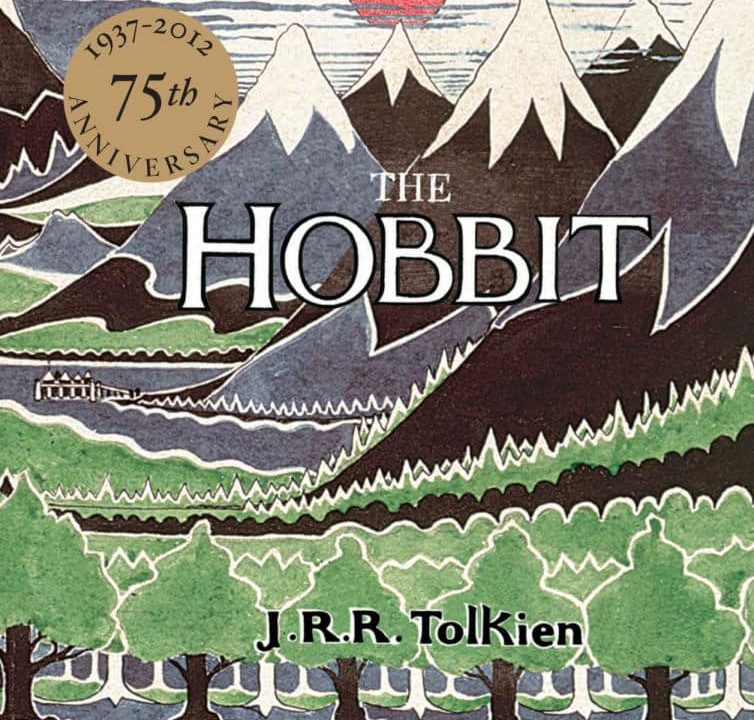4 Great Reads about Native Hawaiians for Asian American and Pacific Islander Heritage Month
The United States is currently observing Asian American and Pacific Islander Heritage Month. Held every May since 1990, the month is dedicated to recognizing the history, exploring the diversity, and celebrating the accomplishments of over 23 million Asian and Pacific Islander Americans across the nation.
While Asian Americans and Pacific Islander Americans (who include Native Hawaiians, Samoans, Fijians, Guamanians, and more) live in every U.S. state, Hawaii has the largest percentage of Asian Americans and the largest population of Pacific Islander Americans of any state.
Native Hawaiians have written great books about the islands, their culture, their history, and the complicated relationships between the islands, mainland American culture, and the U.S. government. Here are four books you should check out by Native writers during this Heritage Month.
Hawaii’s Story by Lili’uokalani
https://gty.im/597922241
Hawaii’s Story by Hawaii’s Queen (1898) is the autobiography of Queen Lili’uokalani, the last monarch of the independent Hawaiian Kingdom. Living during a tumultuous time in the kingdom’s history, Lili’uokalani focuses not only on her life from childhood to her forced removal from office but also on her nation’s struggles to remain independent in the face of pressures from American imperialists and businessmen.
Lili’uokalani describes her valiant but ultimately unsuccessful attempts to restore her subjects’ rights after American businessmen forced the previous monarch, her brother Kalākaua, to sign a constitution that stripped most of those rights away.
Despite her and her subjects’ efforts to prevent Americans from taking over their nation, those businessmen eventually deposed her as queen, took control of the government, turned it into a republic, and eventually convinced President William McKinley to annex the republic to the United States.
In the book, Lili’uokalani strongly argues against U.S. dominance over Hawaii and passionately pleads for the restoration of the once-independent nation’s sovereignty. Though written over 125 years ago, Lili’uokalani’s autobiography remains an important work of history and a powerful cry for justice for all peoples who are threatened or conquered by powerful imperial nations.
Hawaiian Blood by J. Kēhaulani Kauanui
In Hawaiian Blood (2008), anthropology professor J. Kēhaulani Kauanui investigates the complexities of Native Hawaiian ethnic and racial identity. She explains that compared to the traditional Native Hawaiian definition of Native identity based on the person’s genealogy and interpersonal relationships, the U.S. government’s definition of Native identity depends on whether that person meets a blood quantum standard of 50% or more.
Kauanui details how politicians struggled to determine how exactly to define a Native Hawaiian when debating who should be eligible to receive rights to land under the Hawaiian Homes Commission Act of 1920. She also explains how the federal government’s restrictive definition of Native identity has directly impacted the lives of Natives communally and legally.
Though this book might sound like a dense read, Kauanui makes the gray areas of Native Hawaiian identity more apparent by discussing her own experiences of having her Native identity questioned because other people thought she didn’t meet the blood quantum standard. By doing so, she provides a strong argument for valuing familial ties and interpersonal relationships over blood quantum when determining a person’s indigenous identity.
This is Paradise by Kristiana Kahakauwila
In the six stories in her collection, This is Paradise (2013), author Kristiana Kahakauwila explores the lives of Native Hawaiians who deal with personal struggles and confront complex modern issues. In one story, Native women of all ages and professions criticize the negative effects that overdevelopment and tourism have had on Natives while also becoming obsessed with a White tourist woman who meets a tragic end.
In another, a young Native man returns from San Francisco to his family’s horse farm to care for his ailing father; while at home, he also explores his own sexuality and struggles with whether to come out as gay to his father and sister.
Kahakauwila writes strong prose and effectively uses English, Hawaiian, and Hawaiian Creole English to bring her characters and settings to life. While the stories are unflinching in their depictions of violence and personal tragedies, she shows empathy for characters trying to make sense of complex relationships and deal with the disruptive effects of tourism and economic inequality on their native culture.
Sharks in the Time of Saviors by Kawai Strong Washburn
In his novel Sharks in the Time of Saviors (2020), author Kawai Strong Washburn tells the intertwined stories of the Flores family: parents Malia and Augie and their three children Nainoa, Dean, and Kaui. During a family trip to the Big Island of Hawaii, Nainoa falls off the boat and is rescued by sharks, which convinces Malia and Augie that he’s blessed by the gods.
When Nainoa later develops supernatural healing abilities, he and his parents realize that he could use these abilities to help support the family. His parents struggle to support three children while working as laborers on a sugarcane plantation.
His parents and neighbors also believe that he could become a savior for Native people, often struggling to survive in their homeland that the U.S. government and tourists stole from them. The pressures of trying to live up to his savior status eventually wear down on Nainoa.
The Sons Return to Hawaii
Nainoa, Dean, and Kaui grow up and move to the mainland U.S. to forge their own paths: Nainoa as an EMT, Dean as a basketball star, and Kaui as a scientist. Though the three siblings try hard to exert their independence from their family and cultural roots, they’re eventually all drawn back home by personal complications and supernatural events. Reunited, the Flores family must come to terms with their familial bonds and cultural heritage to survive.
Washburn writes elegant, smooth-flowing prose and effectively balances the perspectives of all five members of the Flores family. He also blends the supernatural and natural events in the story perfectly, emphasizing the reality of every experience the family members have. Washburn does an excellent job of combining traditional Hawaiian beliefs with modern issues facing Natives and creating characters who are both defined by and resistant to their familial and cultural ties.
Final Thoughts
Asian American and Pacific Islander Heritage Month is a great time to learn about and celebrate the lives, diverse cultures, and achievements of Asian and Pacific Islander Americans all across the United States. However, we should be open to celebrating the accomplishments of AAPI Americans any time of the year.
These four books provide a great starting point for learning about Native Hawaiians. Why not read some of them?
Be sure to check out these other great articles about books on our site:
- Top 5 Best Books to Read in Spring 2024
- The Upper Tanana Dene (2023): An Alaska Native People Shine Like the Northern Lights
- Chase the Thrill: Abir Mukherjee’s ‘Hunted’ Dissects American Politics and Human Rights
For More Great Content
Total Apex is an all-encompassing content producer. We provide heavily detailed articles every day on entertainment, gaming, sports, and so much more! For more exemplary gaming and entertainment content, read our daily content on these sites: Total Apex Gaming and Total Apex Entertainment.






